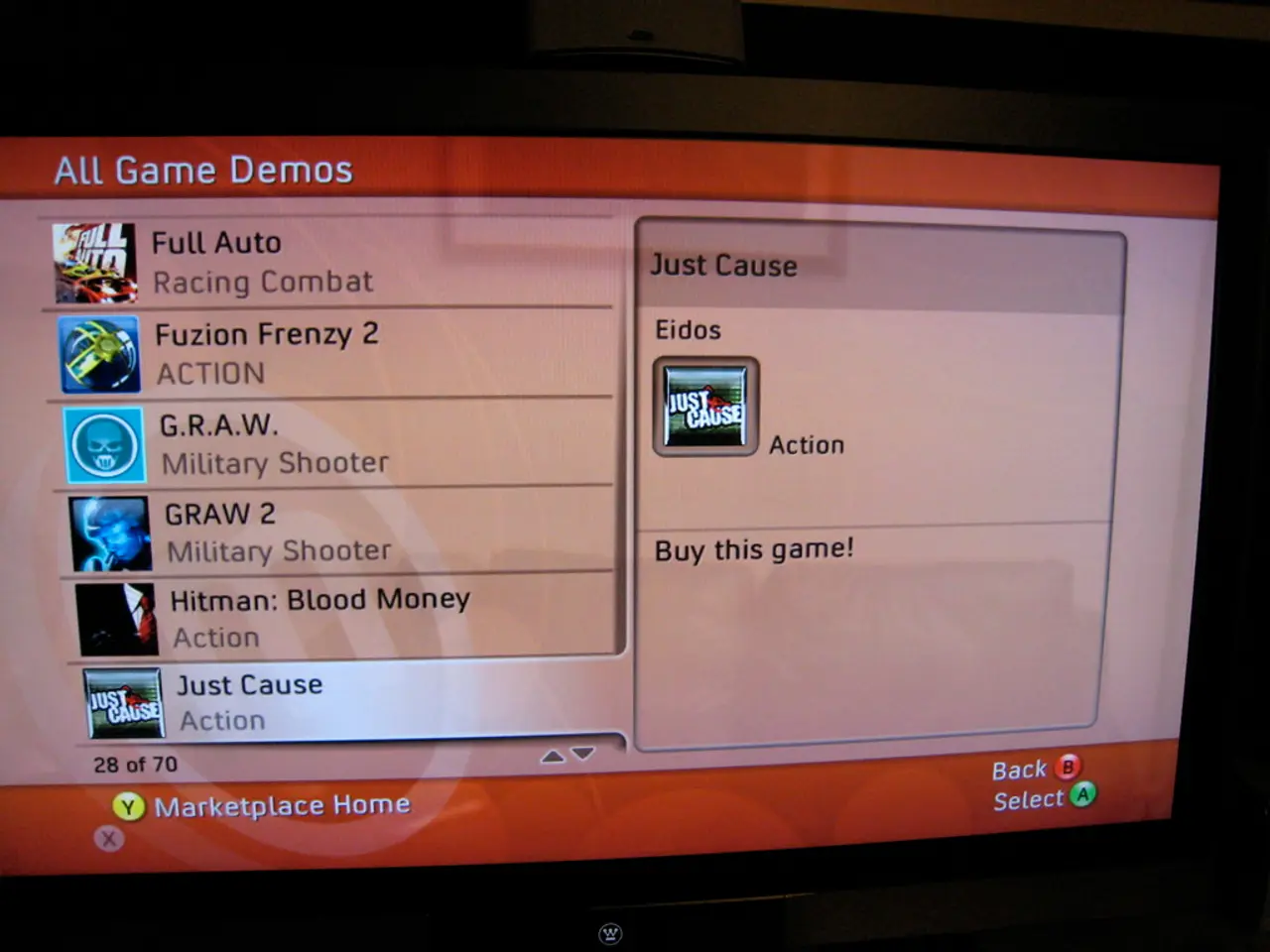The Evolution and Demise of Flash Games: Essential Elements That Contributed to Their Ascent and Decline
Reviving Classic Browser Games: A Look Back at the Rise and Fall of Flash and the Emergence of HTML5
In the early days of the internet, browser games were limited or non-existent. The web technologies to support rich browser games, like Flash or HTML5, were not mature before the late 1990s. Before Flash, many games were standalone PC or console titles, or occasionally Java applets on the web which were primitive and rare.
One of the first known browser games to gain real popularity was Earth 2025, a strategy game launched in 1995. Players built empires and battled other users entirely through web browsers. However, it wasn't until the rise of Flash in the early 2000s that browser games as we understand them today became widespread.
Tom Fulp's Pico's School, which arrived in 1999, marked the true beginning of the Flash era. It brought rich graphics and smooth animation to the web for the first time. Flash games gained immense popularity, with titles like Trials and Alien Hominid dominating around 2007-2008. They created entirely new genres like dress-up games, endless runners, tower defense games, social network games, Flashimation, and educational games.
However, Flash games also had their drawbacks. They were known for their security vulnerabilities and poor mobile compatibility. With the advent of HTML5, games like CrossCode and HexGL demonstrated the technology's capabilities with smooth gameplay and impressive graphics. HTML5 games replaced Flash by offering better security, mobile compatibility, and no plugin requirements for users.
Adobe discontinued Flash Player support on January 12, 2021, due to these security vulnerabilities and HTML5's superior performance. But the legacy of Flash games lives on, thanks to emulators like the Ruffle emulator. This open-source emulation plug-in revives SWF files on modern browsers, preserving classic games for future enjoyment.
Ruffle connects Flash's legacy with modern web technologies like HTML5, allowing you to enjoy those nostalgic browser games without concern about Flash games' functionality today. Several gaming portals, such as Newgrounds and Kongregate, offer downloadable versions of Flash games for offline play. BlueMaxima's Flashpoint preserved over 150,000 Flash games and 25,000 animations in the world's largest digital gaming archive.
The .io game craze, starting with agar.io, proved that simple browser games could still capture millions of players. Mobile gaming, led by titles like Candy Crush Saga, shifted casual gaming away from desktop browsers entirely. Mobile gaming's popularity came from instant accessibility, no downloads required, social media integration, diverse game options, and native mobile apps that ran smoother and faster.
Before the rise of Flash games, the most popular early browser or computer-based games were primarily text-based, simple graphic-based, or early downloadable games rather than browser games as we understand them today. Notable early computer games included Spacewar! (1962), early RPGs like Dungeons & Dragons, and educational games by companies like Humongous Entertainment. Java applets formed the closest predecessors to Flash games, offering simple interactive browser experiences but were limited in complexity and popularity.
In summary, the rise of Flash enabled the explosion of popular browser games in the 2000s. Before Flash, browser games as we know them were not really popular or widespread. The earlier popular games were primarily PC-based downloadable or arcade games, simple text or command-line games, or educational CD-ROM titles. The legacy of Flash games continues to live on, thanks to emulators like Ruffle and archives like Flashpoint.
- Despite its drawbacks, Flash played a significant role in enhancing the lifestyle of internet users, as it brought rich graphics and smooth animations to web browsers, revolutionizing fashion-and-beauty, food-and-drink, home-and-garden, and even the gaming industry.
- In the realms of technology and artificial intelligence, Flash also paved the way for new genres of games, including educational ones, which have become essential resources for learners worldwide.
- As for relationships, Flash games provided a platform for social interaction, fostering a sense of community among players, particularly during the height of its popularity around 2007-2008.
- In the world of travel, Flash games offered a means of entertainment for tourists, helping them kill time during layovers or while waiting for their flights.
- When it comes to shopping, Flash games served as marketing tools for businesses, allowing them to engage consumers more effectively and create brand awareness.
- In the realm of sports, Flash games provided fans with a digital playground to enjoy their favorite sports, even if they couldn't physically participate.
- As for weather enthusiasts, Flash games offered interactive weather simulations, making it easier for people to understand and anticipate weather patterns.




